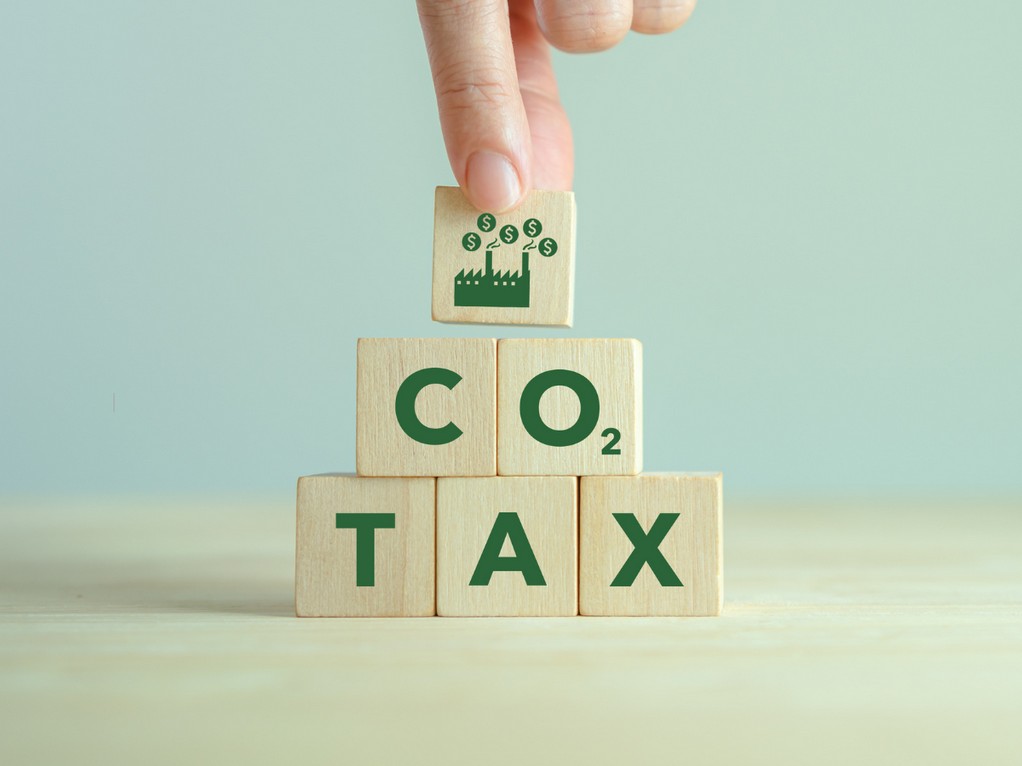The United Nations’ International Maritime Organisation (IMO) decided to charge a levy for each ton of shipping emissions from cargo ships that travel across oceans. The 2023 IMO strategy on the reduction of Greenhouse gas (GHG) emissions from ships was adopted by IMO member states in July 2023.
A commitment to ensuring the uptake of alternative zero and near-zero GHG fuels by 2030, as well as indicative check-points for international shipping to reach net-zero GHG emissions for 2030 (by at least 20 per cent, striving for 30 per cent) and 2040 (by at least 70 per cent, striving for 80 per cent), are all included in the revised IMO GHG strategy, which was adopted at the Marine Environment Protection Committee (MEPC 80).
After the eighty-first session of the Maritime Environment Protection Committee (MEPC 81), held in London from 18 to 22 March 2024, IMO Secretary-general Arsenio Dominguez said, “Your Committee is indeed a forum to consider issues of critical relevance for all parts of the marine environment, and this week you made very important progress.”
The draft outline illustration of a possible IMO net-zero framework lists regulations under the International Convention for the Prevention of Pollution from Ships (MARPOL), which will be adopted or amended to allow for a new global fuel standard and a new global pricing mechanism for maritime GHG emissions.
While talking to BW Businessworld, experts noted that the charge has the potential to generate large sums of money and bring transformations in the maritime sector. Additionally, it would be the first step toward enacting an international emissions tax.
Since a carbon price may be used to both prevent pollution and finance a cleaner, more resilient economy, many environmentalists and economists contend that pricing carbon is essential to combating the threat that climate change poses to society as a whole.
Notably, about 90 per cent of global trade is carried out via shipping, which also contributes roughly 3 per cent of global carbon dioxide emissions. If stronger anti-pollution regulations are not implemented, this percentage is predicted to rise in the ensuing decades.
The World Bank in its report Carbon Revenues from International Shipping: Enabling an Effective and Equitable Energy Transition highlighted not all market-based measures are equal. Through a price signal, they all create financial incentives for stakeholders across the industry to change their practices and accelerate the move toward low and zero-carbon shipping.
However, some of them- for instance, carbon levies or cap-and-trade schemes without free allocation of emissions allowances- can also raise significant amounts of revenues. This enables an additional set of climate and development actions—a unique feature not offered by any other policies. In shipping alone, carbon revenues could reach an estimated USD 1 trillion to USD 3.7 trillion by 2050 (or USD 40 to USD 60 billion annually).
Tags: Carbon tax, GHG Emissions, IMO, Shipping Industry



Recent Posts
India charts green shipping path: MEPC 83 outcomes discussed at IMEI-DG tech seminar
IME(I) Mumbai pioneers holistic development for future mariners with emotional resilience workshop
Adani launches India’s first hydrogen-powered truck
MAN Energy Solutions Completes Type Approval Test for Upgraded Dual-Fuel GenSet
Global Shipyards Launch Alliance to Accelerate Maritime Sustainability
Port of Antwerp-Bruges Launches Volta 1, Europe’s First Fully Electric Tugboat
CMA CGM Adds Second Methanol-Powered Vessel ‘Argon’ to Its Fleet
Electric Orkney Project Launches Game-Changing Hydrofoil Vessel ‘Zevi 1’